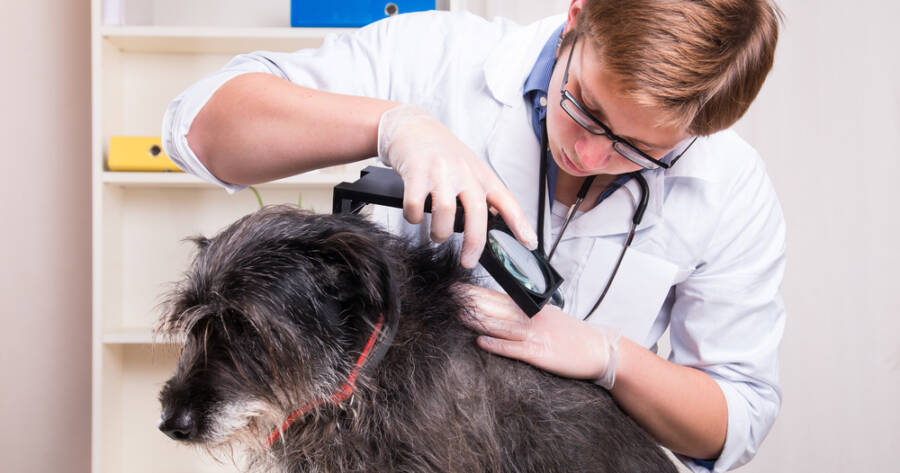Fleas and ticks can cause serious health issues for pets, from skin irritation to life-threatening diseases. Many pet owners turn to affordable flea and tick treatments to save money. However, some low-cost options come with hidden risks, including harmful ingredients and ineffective protection. Understanding the dangers of these products can help you make safer choices for your pet’s health.
Toxic Ingredients in Low-Cost Treatments
Some cheap flea and tick treatments contain harsh chemicals that can harm pets. Certain pesticides, such as permethrin and organophosphates, are commonly found in these products. While they kill parasites, they can also cause adverse reactions in pets, including vomiting, seizures, and even organ failure. Cats are especially sensitive to permethrin, which is toxic to them even in small amounts.
Another concern is the presence of unregulated or counterfeit products. Some cheap flea treatments sold online may contain unknown ingredients that are not tested for safety. These products may have incorrect dosages, leading to overdosing or ineffective protection. Without proper regulation, pet owners may unknowingly expose their pets to toxic substances.
Effectiveness: Are Cheap Treatments Worth the Risk?
Inexpensive flea and tick treatments often lack the quality and strength of veterinarian-recommended brands. While they may kill some fleas, they often fail to eliminate eggs and larvae, allowing infestations to continue. This can result in repeated treatments, costing more money in the long run.
Ticks are particularly difficult to control, and some budget treatments do not repel them effectively. If a treatment does not prevent tick bites, pets remain at risk for diseases like Lyme disease and ehrlichiosis. A product that seems like a bargain may end up costing more in veterinary bills if it does not provide full protection.
Possible Side Effects and Allergic Reactions
Even when applied correctly, cheap flea and tick treatments can cause unwanted side effects. Some pets experience skin irritation, hair loss, and excessive scratching. More severe reactions include difficulty breathing, tremors, or extreme lethargy. In some cases, pets require emergency medical care after a reaction to a low-quality flea treatment.
Pet owners should also be cautious about using dog-specific flea treatments on cats. Some cheap brands do not clearly label their products, increasing the risk of misuse. A treatment that is safe for dogs can be deadly for cats, leading to severe neurological problems or even death.
Hidden Costs of Choosing the Wrong Product
Buying cheap flea and tick treatments may seem like a way to save money, but the long-term costs can be much higher. If a product does not work, pet owners may need to purchase additional treatments, leading to more expenses. A severe flea infestation may require professional pest control, adding even more costs.
Veterinary bills can also become a major concern. If a pet suffers from poisoning or an allergic reaction, treatment costs can add up quickly. In cases of flea-related diseases, long-term medical care may be necessary. Investing in a reputable flea and tick treatment from the start can prevent these costly problems.
How to Choose a Safe and Effective Treatment
To protect pets from the dangers of low-quality flea and tick treatments, pet owners should look for veterinarian-approved products. Prescription treatments are often more effective and have undergone rigorous testing for safety. If buying over-the-counter options, pet owners should check for EPA or FDA approval, which ensures that the product meets safety standards.
Online shopping requires extra caution. Pet owners should buy from reputable sources, such as veterinary clinics or well-known pet supply stores. Avoiding third-party sellers can reduce the risk of purchasing counterfeit or expired treatments. Reading product labels and researching active ingredients can also help ensure that a treatment is safe and effective.
Prioritizing Safety Over Savings
While it is tempting to save money on flea and tick treatments, the risks of cheap products often outweigh the benefits. Toxic ingredients, ineffective protection, and potential health complications can lead to serious consequences for pets.
Choosing high-quality treatments may cost more upfront, but it ensures better protection and fewer medical expenses in the long run. Pet owners can make informed decisions by studying products, consulting veterinarians, and prioritizing their pets’ well-being over short-term savings.

